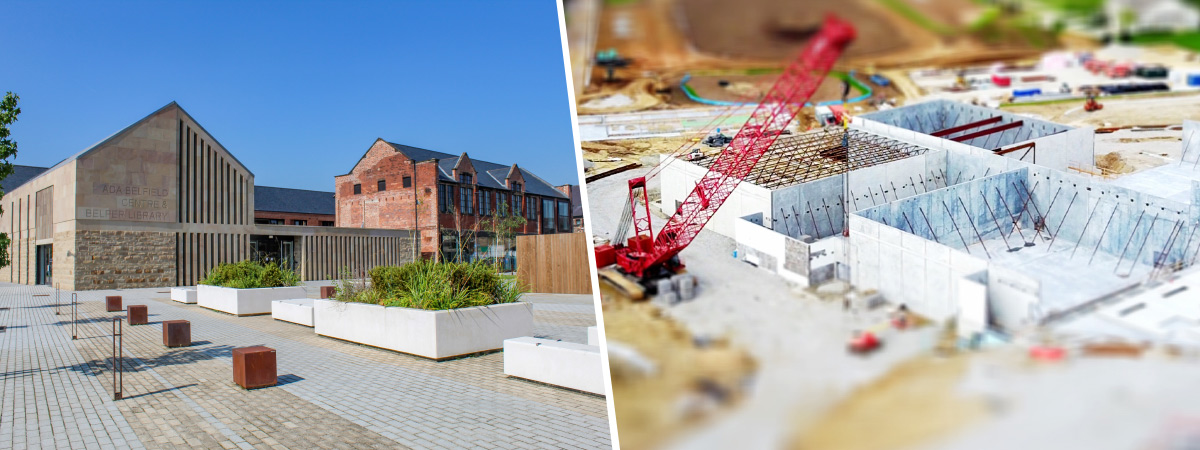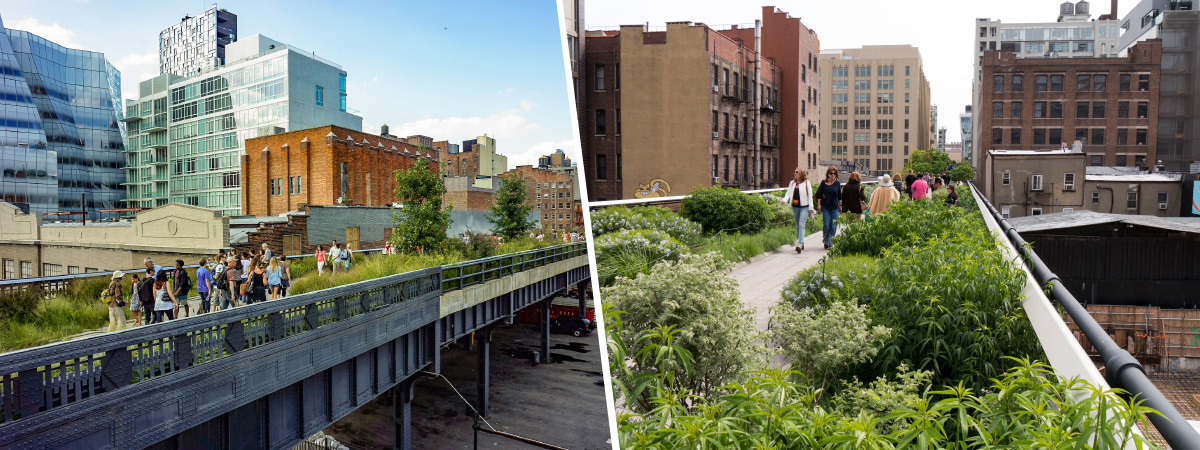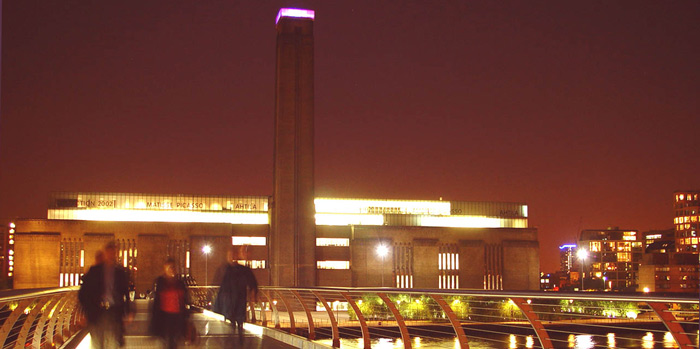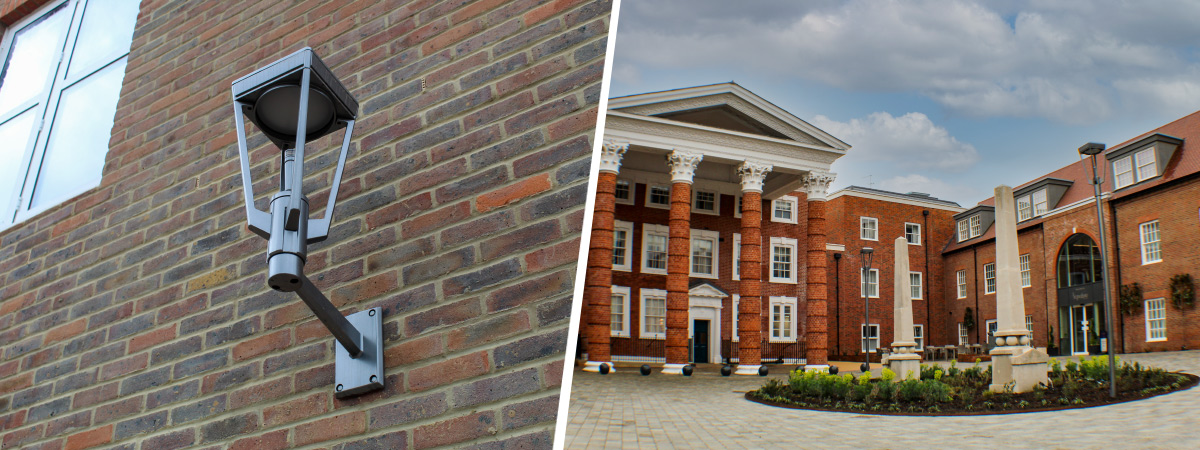Refurb or Rebuild? Adaptive Reuse in the Urban Realm
Posted on 5th September 2022

Chancellor Rishi Sunak pledged to commit £3 billion for retrofitting; schools, hospitals, and privately owned homes. Many cities across the country have old and abandoned buildings punctuated throughout and many architects are now approaching this problem in a new way. “Adaptive reuse” offers a sustainable way to retrofit and reuse empty structures. Think Upcycling!
Repurposing an existing structure for a new use is an innovative approach to both a historic and existing problem. For example, an old lighthouse can become a home, an old warehouse, a restaurant and so on. The aim is to create something useful from something unused.
The High Line, New York is a clever example of this. “It is a public park built on a historic freight rail line. It is elevated above the streets on Manhattan's West Side. Saved from demolition by neighbourhood residents and the City of New York. The High Line opened in 2009 as a hybrid public space where visitors experience nature, art, and design”.

Adaptive reuse brings many benefits, and it is of course a way to preserve our historic sites and save them from years of decay. Reusing old buildings and existing sites allows us to contain the sprawl of our cities and towns, protecting our vital green spaces.
A successful example of adaptive reuse is the Tate Modern art gallery in London. It was formerly known as the Bankside Power Station, a decommissioned electricity plant. Taking an adaptive approach allowed the architects to create an interesting and beautiful art gallery. Now a major destination and a new cultural beacon in the city.

Two of our most pressing challenges are of course climate change and urbanisation. By 2050 it is projected that over 70% of the world's population will live in cities. Adaptive reuse allows us to accommodate growth but with the imperative need to reduce consumption of our open spaces.
When considering our urban environments and the street furniture we use within them we need to be more efficient, more resilient, and more resourceful. So how can we reuse historical street furniture and adapt it to our modern needs?
Many urban street furniture ranges, although not strictly adaptive reuse, do pay homage to traditional styles. For example, the Ashberry light range from Artform Urban, celebrates traditional design, cast aluminium instead of iron in combination with advanced LED technology and optics.

Artform Urban successfully provided Ashberry lighting for the restoration project of Grade II listed 18th century Hendon Manor in Northwest London. The red brick building itself was originally used as an RAF convalescent home during WW2. The adaptive reuse of this historic building allowed many original features to be preserved whilst providing a relaxed and secluded new environment as a care home from Signature Senior Lifestyle. Lighting and building reuse all working together to complement and enhance a redesigned but new space.
In the race to reduce pollution in conjunction with our desire for new development, it is no longer acceptable to make the assumption that buildings only have one life span. By allowing older buildings to retain their historical integrity but at the same time experience a reuse is economically beneficial. Upcycling our architectural gems avoids costly and disruptive reconstruction or even demolition. We need to rapidly make our urban areas more sustainable and here is an obvious way to do so. We will need to continue to explore and develop emerging technologies and innovations if we are to meet our demanding and seemingly unreachable targets.
Bailey Street Furniture Group continually strives for adaptive reuse and transformation in street furniture. They cleverly combine innovative design with modern solutions for urban infrastructure and furniture in order to meet all our urban living needs. Bailey Street Furniture Group continues to invest in our urban spaces, they believe that well designed sustainable street furniture is vital for our surroundings and environment for all our future needs.
For more information on the Bailey Street Furniture Group please contact their team on 01625 322888 or email enquiries@bsfg.co.uk. To view the company’s range of high-quality street furniture, visit their website www.bsfg.co.uk








